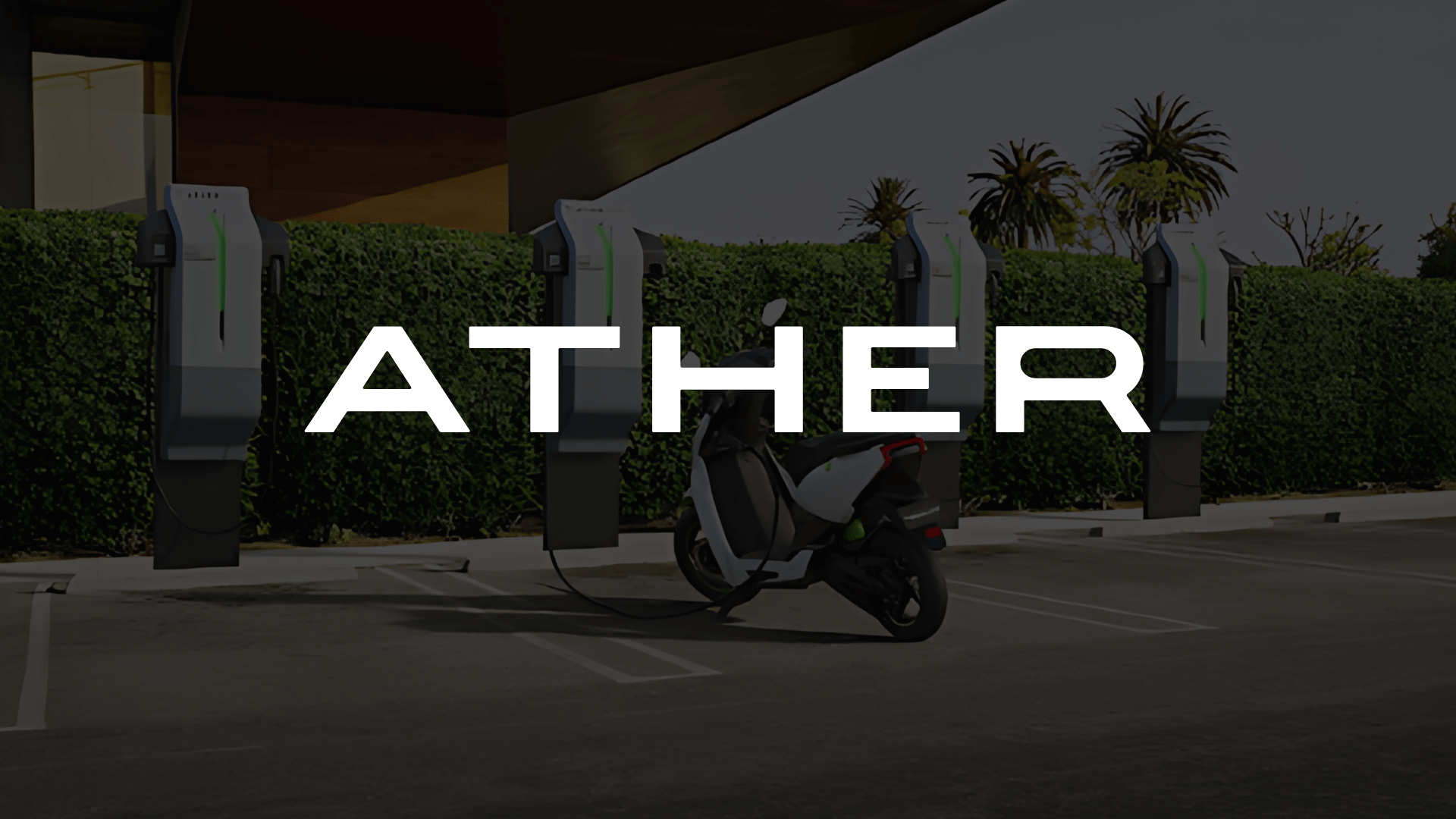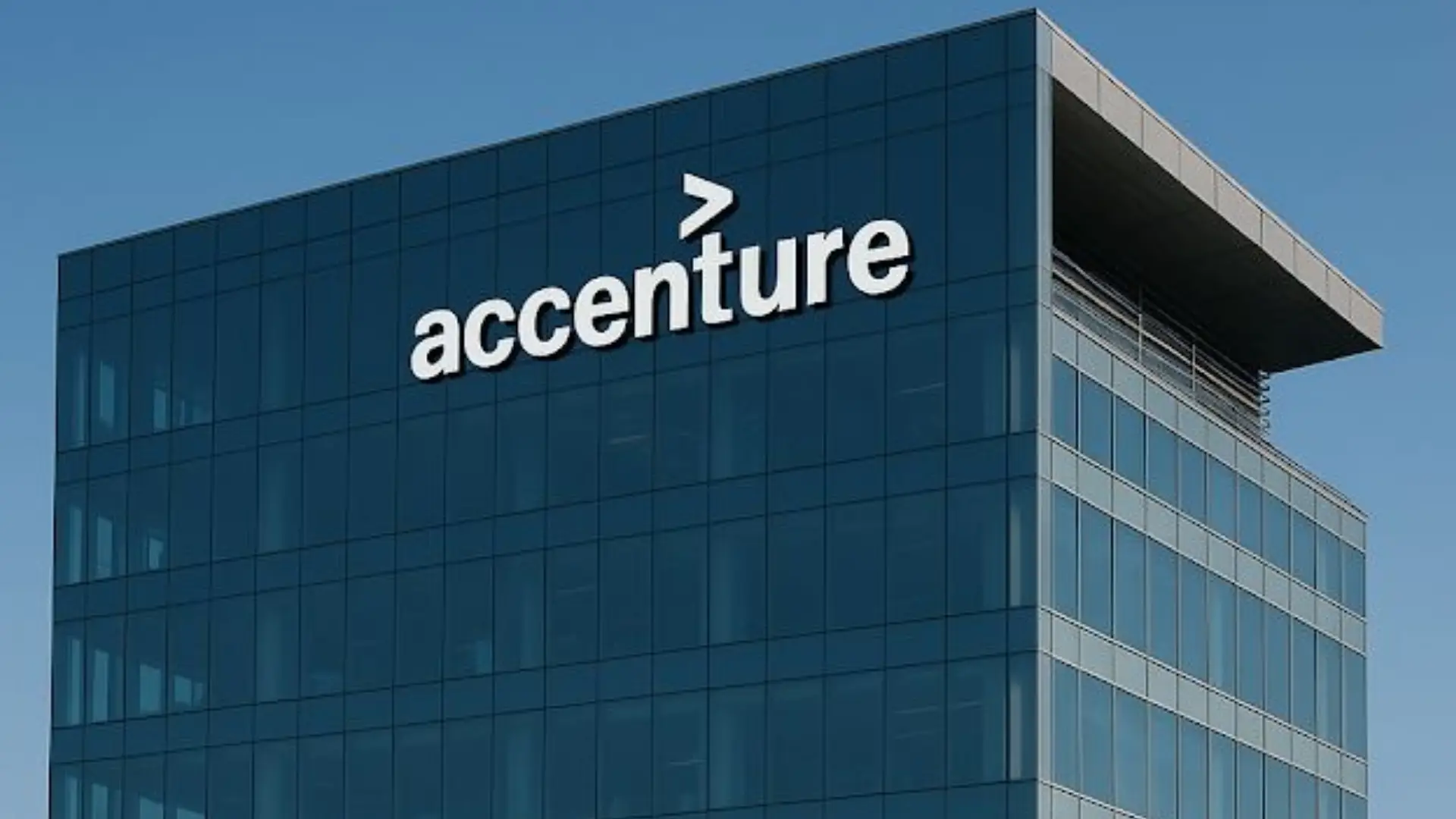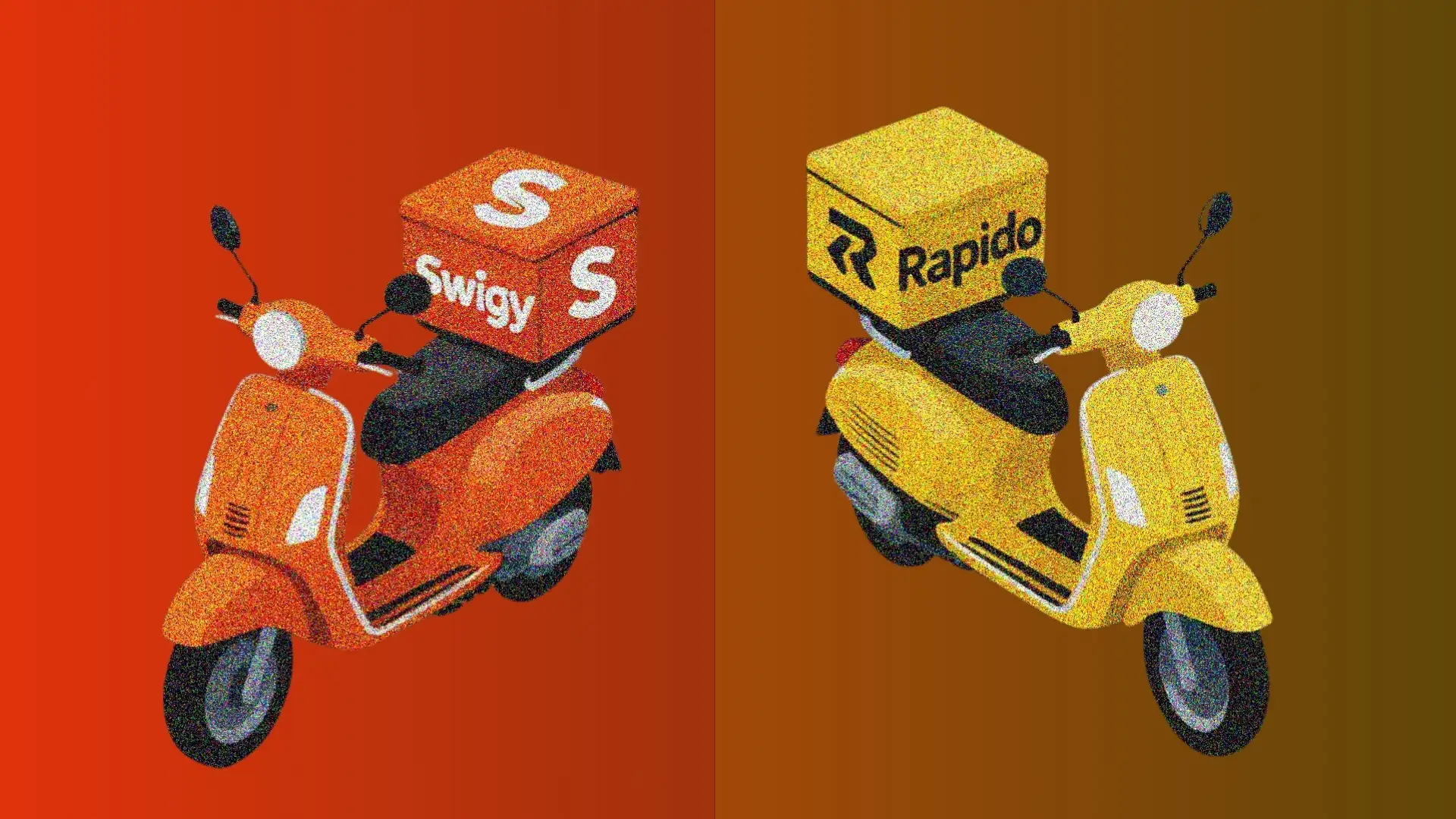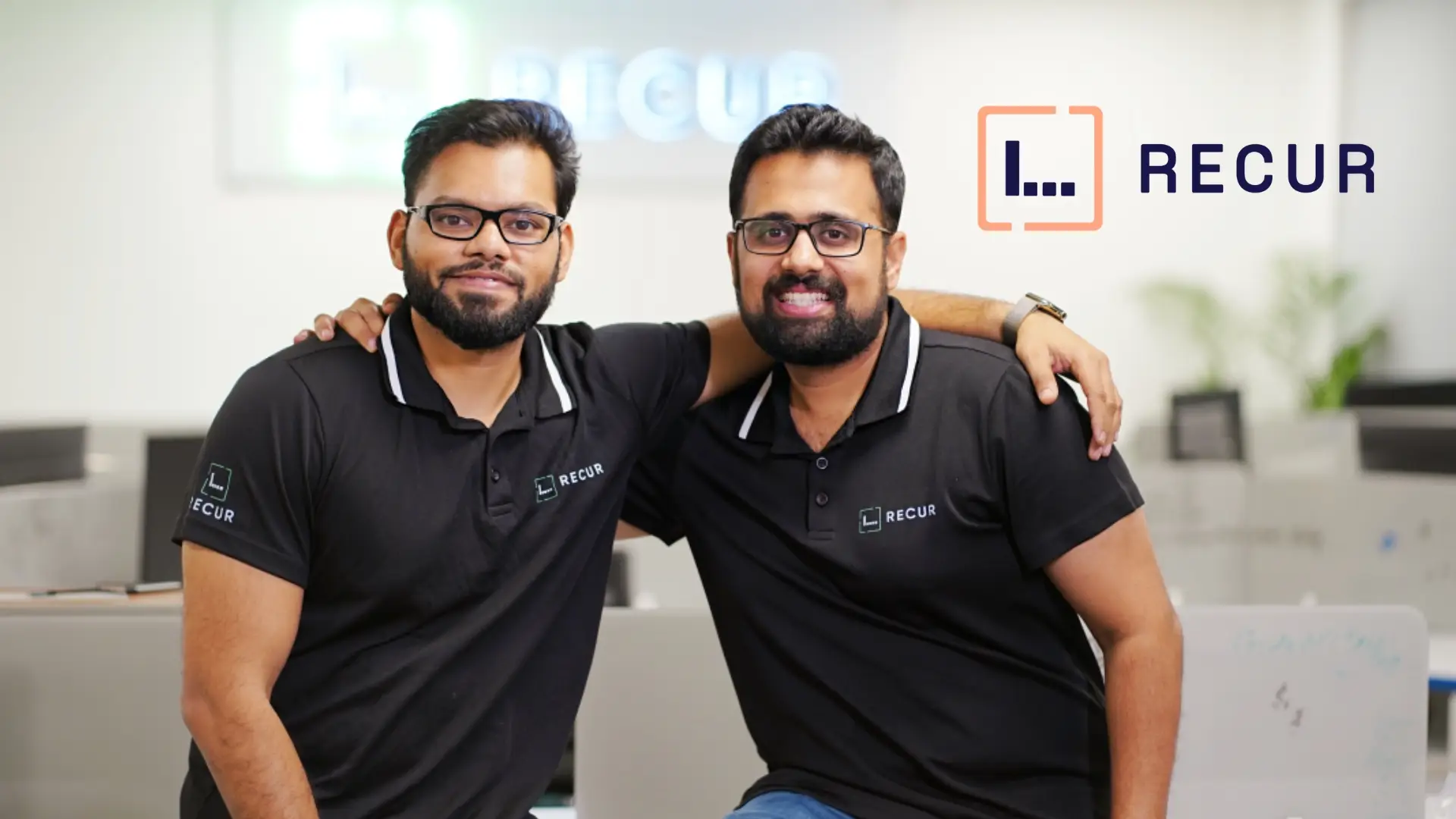India’s two-wheeler market is going through a rapid shift. Indian consumers, the government, and even Indian two-wheeler companies are focusing on electric vehicles. Most of us witnessed how far the electric vehicle growth has come.
Broadly there is a huge growth in the electric vehicle segment globally, but when it comes to two-wheelers, especially in India, there are very few players in the market. However, the competition is rising these days with the entry of new players and automotive leaders launching their EV vehicles.
Though there are multiple players, one company is in the headlines recently because of a new strategy and plan they launched. Ather Energy, which is one of the leading electric two-wheeler makers, launches the Battery as a Service (BaaS) model.
But what is this, Baas? Let me explain: In a normal EV purchase, the battery comes bundled with the vehicle. But the battery accounts for 30–50% of the total cost, making electric scooters quite expensive. In the BaaS model, the battery is not included in the purchase price of the vehicle. Instead, you buy the scooter without the battery (at a much lower cost) and subscribe to the battery on a subscription or per-km basis.
Now what’s the latest move by ATHER? Ather has built a strong brand with high-quality premium electric scooters, but pricing has always been a barrier for mass adoption, especially in price-sensitive Tier-2 and Tier-3 cities. Now, to tackle this, Ather is launching a completely new, more affordable electric scooter (based on the new EL platform) and will offer it with a Battery-as-a-Service model.
But how does this work? Now you no need to more money and you’ll pay a much lower upfront cost for the scooters because it doesn’t include the battery cost. Which will reduce the burden on the customer. Not just that, but according to the company statements, it is likely to reduce the costs by nearly 30-40%. Meaning now the company can offer the vehicles at very competitive prices compared to the competitors.
This seems like a great move, but you might be having this doubt, right? What’s so special? Any company can do this, right? Well, every player in the market can follow this, but Ather has played it so strategically.
To understand this strategic move, we need to go back in time. If you followed the news regularly, you would have gone through the news last year. On August 1st, 2024, there was news saying, “Amara Raja enters into a strategic partnership agreement with Ather Energy.”
Now let’s look at what that deal really means. Amara Raja is one of India’s biggest and oldest battery companies. To keep up with the shift to electric, they launched a new division called Amara Raja Advanced Cell Technologies (ARACT). This is the team that’s building advanced EV battery cells in India.
As part of their agreement with Ather, Amara Raja will develop and supply two types of lithium-ion battery cells, such as NMC (Nickel Manganese Cobalt) and LFP (Lithium Iron Phosphate). These are the two most trusted chemistries used in electric vehicles across the world. But here’s the important point: these cells won’t be imported. They’ll be fully manufactured in India, at a massive new Gigafactory being set up in Divitipally, Telangana. This is a huge win for both companies.
To make the battery tech even stronger, Amara Raja has also partnered with two global battery giants, Gotion-InoBat (GIB) for LFP tech and Jiangsu Highstar for NMC tech. These collaborations help them bring world-class battery knowledge to India, but with customization for Indian roads, heat, and usage.
Now, let’s connect the dots. With this agreement, Amara Raja will supply the batteries, and Ather already manufactures its vehicles. Now think about how strategic it is. It is a win-win for both the companies. It reduces the costs, as it is completely going to be domestically manufactured, which is a big positive, and then Ather can source it at a lesser cost, which helps them to remain competitive. Now this is a strategic move to launch a battery-as-a-service model.
But the real question is, is anyone doing the same? Yeah, there are some companies trying to do this but not exactly what Ather is doing. Ola is already planning to become a fully integrated EV company. Its Giga Factory is something that helps Ola to build everything in-house.
And when we try to look at the EV 2-wheeler market, it looks like this. In FY25, India’s electric two-wheeler market grew by 21% year-on-year, reaching a total of 1.15 million units sold. Ola Electric led the market with a 29.9% share (around 3.44 lakh units), followed by TVS at 20.7% (2.38 lakh units), Bajaj at 20.1% (2.31 lakh units), and Ather Energy with 11.4% (1.31 lakh units).

While Ather is known for its premium positioning, focusing on top-notch build quality, strong software integration, and a tightly connected EV ecosystem, this strategy comes with a limitation, as it appeals to a more niche customer base. That’s why, despite strong brand recognition and product quality, Ather’s market share has remained almost flat at 11%, compared to the previous year. Meanwhile, brands like TVS and Bajaj, which offer more mass-market models, have managed to grow their share by appealing to broader, price-sensitive segments.
To expand its presence in the electric two-wheeler market, Ather Energy is launching an affordable new scooter, introducing a Battery-as-a-Service (BaaS) model, rolling out faster charging technology, and significantly scaling up its retail network. One of the most notable parts of this plan is Ather’s aim to double its retail footprint to over 750 stores, following a 1:1 ratio of sales to service centers, meaning for every showroom, there will be a service point, ensuring better after-sales support.
This aggressive approach is clearly aimed at tackling two major fronts:
1. Ola Electric, which leads in volumes due to its cost-effective models.
2. Established players like TVS and Bajaj, who enjoy widespread retail access and deep customer trust built over decades.
So, by combining accessibility, service reach, and innovation, Ather is no longer just playing the premium game; it’s now aiming for scale and depth, positioning itself as a serious challenger across both urban and semi-urban markets. Let’s see how this competition turns out in the future
Also Read: Why 70% of Indian Startups Are Turning to AI








